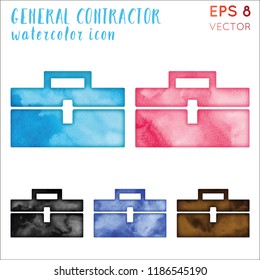Learn More About The Ways In Which Seasonal Elements Can Impact The Success Of Industrial Exterior Painting And Establish The Best Times To Accomplish Lasting Outcomes For Your Job
Learn More About The Ways In Which Seasonal Elements Can Impact The Success Of Industrial Exterior Painting And Establish The Best Times To Accomplish Lasting Outcomes For Your Job
Blog Article
Content Author-Leach Urquhart
When you're planning a business outside paint task, seasonal aspects can make or break your outcomes. You'll wish to think about how temperature and moisture influence paint application and drying out times. Selecting the ideal period can guarantee your paint adheres effectively and lasts much longer. But which periods are absolutely the very best for this type of work? Let's explore the crucial elements that can influence your task's success.
The Influence of Temperature Level on Paint Application
When you're preparing a commercial exterior paint project, the temperature level can dramatically impact just how well the paint adheres and dries out.
Preferably, you want to paint when temperatures range between 50 ° F and 85 ° F. If it's as well cool, the paint might not treat correctly, bring about issues like peeling off or fracturing.
On the other hand, if it's too warm, the paint can dry out also promptly, preventing proper attachment and resulting in an unequal coating.
You should also consider the moment of day; morning or late afternoon offers cooler temperatures, which can be more positive.
Constantly check the producer's suggestions for the certain paint you're utilizing, as they usually give support on the optimal temperature level array for optimal outcomes.
Humidity and Its Impact on Drying Times
Temperature isn't the only ecological element that affects your industrial external painting task; moisture plays a substantial function too. High humidity degrees can decrease drying out times dramatically, affecting the overall high quality of your paint work.
When the air is filled with wetness, the paint takes longer to heal, which can lead to concerns like poor attachment and a higher threat of mold growth. If you're repainting on a particularly moist day, be gotten ready for extensive delay times between coats.
It's vital to check local weather and plan appropriately. Preferably, aim for humidity levels in between 40% and 70% for optimum drying out.
Maintaining these factors in mind guarantees your project stays on track and delivers a long-term coating.
Best Seasons for Commercial Outside Painting Projects
What's the very best time of year for your industrial exterior painting projects?
Spring and very early autumn are normally your best options. During these seasons, temperature levels are mild, and moisture levels are often lower, creating suitable problems for paint application and drying.
Avoid house painters canberra , which can create paint to completely dry too rapidly, leading to poor bond and surface. In a similar way, wintertime's cold temperature levels can prevent proper drying and healing, risking the longevity of your paint job.
Go for days with temperatures between 50 ° F and 85 ° F for optimum results. Keep in mind to inspect the regional weather prediction for rain, as wet problems can wreck your task.
Planning around these elements guarantees your paint job runs smoothly and lasts much longer.
Conclusion
To conclude, planning your business exterior painting jobs around seasonal considerations can make a significant distinction in the outcome. By organizing local exterior house painters during the ideal temperatures and humidity levels, you'll guarantee much better bond and drying out times. Bear in mind to watch on neighborhood weather report and pick the correct time of year-- spring and very early autumn are your best bets. Taking these actions will help you attain a resilient and professional surface that lasts.
